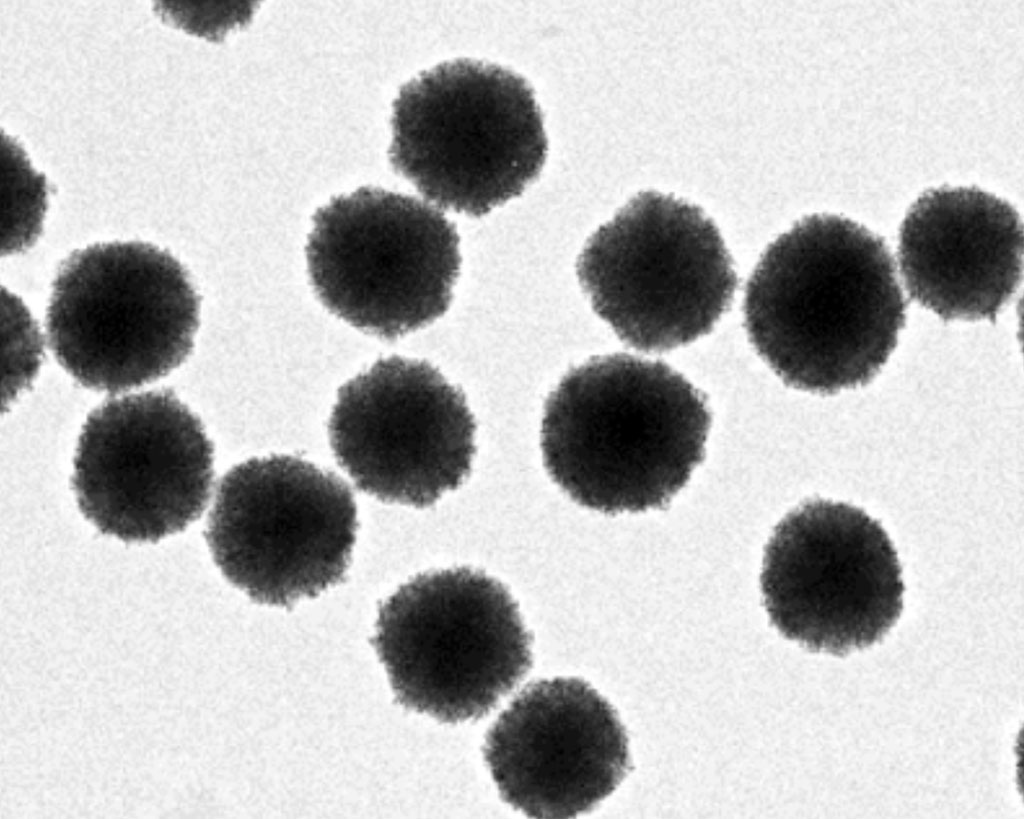CRISPR-based System Detects Disease Related RNA Biomarkers
Posted on 09 Aug 2022
A new approach toward rapid diagnosis of non-infectious diseases such as heart attacks and cancers couples CRISPR/Cas13 editing of RNA with a nanozyme-based amplification and visualization system.
CRISPRs (clustered regularly interspaced short palindromic repeats) are segments of prokaryotic DNA containing short repetitions of base sequences. Each repetition is followed by short segments of "spacer DNA" from previous exposures to a bacterial virus or plasmid.

Recent computational efforts to identify new CRISPR systems uncovered a novel type of RNA targeting enzyme, Cas13. The diverse Cas13 family contains at least four known subtypes, including Cas13a (formerly C2c2), Cas13b, Cas13c, and Cas13d. Cas13a was shown to bind and cleave RNA, protecting bacteria from RNA phages and serving as a powerful platform for RNA manipulation. It was suggested that Cas13a could function as part of a versatile, RNA-guided RNA-targeting CRISPR/Cas system. Such a system holds great potential for precise, robust, and scalable RNA-guided RNA-targeting applications.
In particular, CRISPR/Cas13-based diagnostics enable specific sensing of RNA biomarkers associated with human diseases. However, most CRISPR-based diagnostics rely on temperature-controlled target pre-amplification to reach sufficient sensitivity for clinical applications.
Investigators at Imperial College London (United Kingdom) and colleagues at the Massachusetts Institute of Technology (Cambridge, USA) and the Max Delbrück Center for Molecular Medicine (Berlin, Germany) have combined the CRISPR–Cas13-based reaction with a nanozyme-linked immunosorbent assay, which allows for the quantitative and colorimetric readout of Cas13-mediated RNA detection through catalytic metallic nanoparticles at room temperature (CrisprZyme). Thus, CrisprZyme improved the technology by replacing the pre-amplification process with colorimetric analysis – a method that detected the amount of biomarker present without the need for amplification. This eliminated the need for temperature control and additional steps, and could also quantify how much of a biomarker was present in a sample.
Results revealed that CrisprZyme, which utilized nanozymes, minute synthetic materials that behave like enzymes, was able to identify patients with acute myocardial infarction and to monitor cellular differentiation in vitro and in tissue biopsies from prostate cancer patients.
Senior author Dr. Molly Stevens, professor of materials and bioengineering at Imperial College London, said, “Our test, like others, indicates when a biomarker is present, but CrisprZyme is a simpler diagnostic than those currently available. What also sets it apart is that it can tell us just how much biomarker is present, which can help us not just with diagnosing a disease, but with monitoring its progress over time and in response to treatment. Following further development and testing in the lab, we hope this could help take us a step closer to personalized medicine whereby treatment is tailored more specifically to patients’ needs.”
The CrisprZyme system was described in the August 3, 2022, online edition of the journal Nature Nanotechnology.
Related Links:
Imperial College London
Massachusetts Institute of Technology
Max Delbrück Center for Molecular Medicine










 (3) (1).png)



